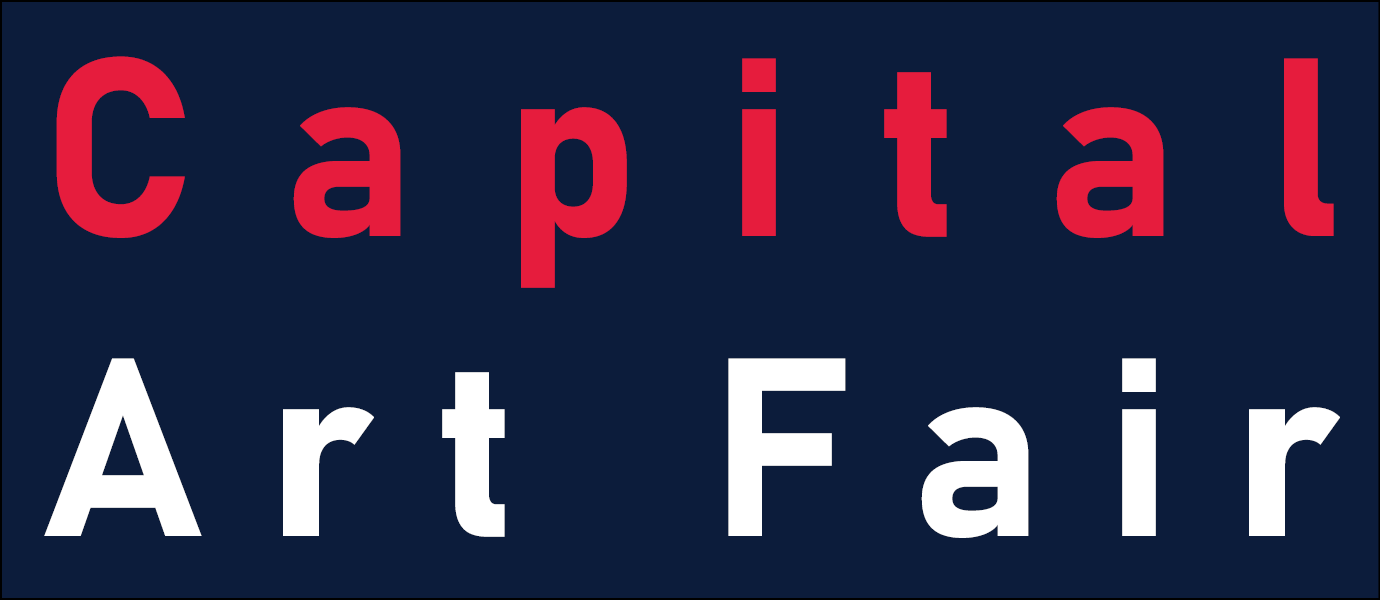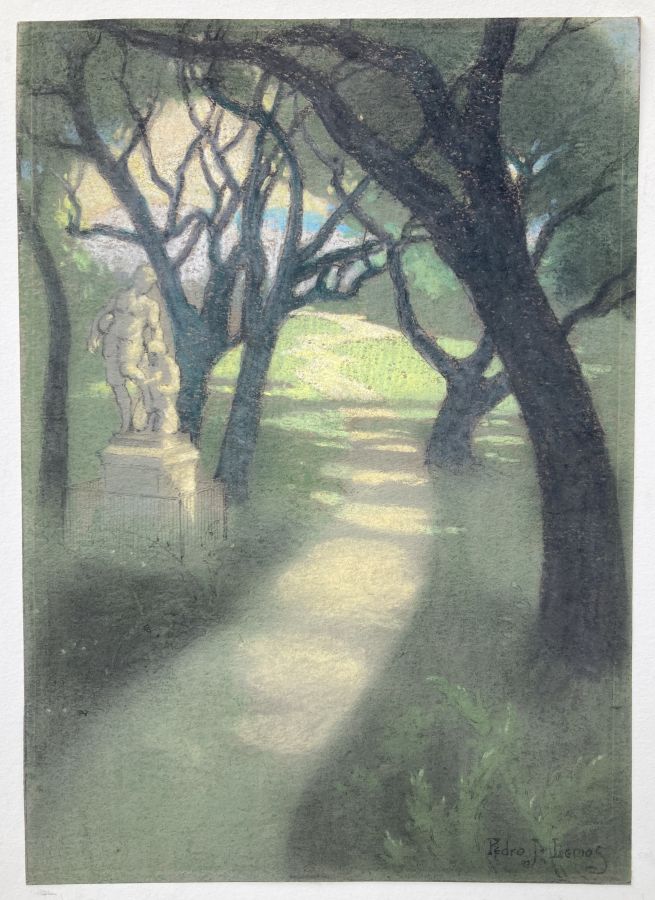PEDRO J. LEMOS (American, 1882-1954)
TREES WITH SUNLIT and SHADOWED PATH AND SCULPTURE c. 1915-25
Pastel drawing on colored paper, 12 5/8 x 9 5/8 inches. Full signature in pastel Pedro J. Lemos. In good condition. A few bits of old tape at the corners, verso
Pedro de Lemos was an important proponent of the Arts and Crafts Movement. He produced some of the finest color woodcuts of the period as well as fine pastels, paintings and architecture
He was also an instructor and director of the Stanford University Art Department,
From Wikipedia:
Pedro Joseph de Lemos (25 May 1882 – 5 December 1954) was an American painter, printmaker, architect, illustrator, writer, lecturer, museum director and art educator in the San Francisco Bay Area. Prior to about 1930 he used the simpler name Pedro Lemos or Pedro J. Lemos; between 1931 and 1933 he changed the family name to de Lemos, believing that he was related to the Count de Lemos (1576–1622), patron of Miguel de Cervantes. Much of his work was influenced by traditional Japanese woodblock printing and the Arts and Crafts Movement. He became prominent in the field of art education, and he designed several unusual buildings in Palo Alto and Carmel-by-the-Sea, California.....
In 1911 he began teaching decorative design at the San Francisco Institute of Art.[8] In late 1912 he was one of the founders the California Society of Etchers, and the following year he started offering the Institute's first classes in printmaking. Some of his students, such as William S. Rice and John W. Winkler (1894-1979), went on to achieve significant fame as printmakers. He helped organize the California print section of the 1915 Panama–Pacific International Exposition (PPIE). He had five works in the PPIE exposition and received an honorable mention.....
He served as director of the San Francisco Institute of Art from 1914 to 1917....
Under pressure to incorporate modernist art trends like cubism in the curriculum of the San Francisco Institute of Art, he resigned in the fall of 1917 to become director of the art museum and gallery at Stanford University He continued in that role and teaching at Stanford until his retirement in 1945, and he organized an active schedule of diverse exhibitions. In March 1922 he presented at Stanford the first solo exhibition of his own work, a collection of pastels, and in August 1922 an article about him was featured in the American Magazine of Art. He continued to exhibit his work in many media at Stanford and elsewhere, and for several years he taught summer art classes as far away as Chicago.



